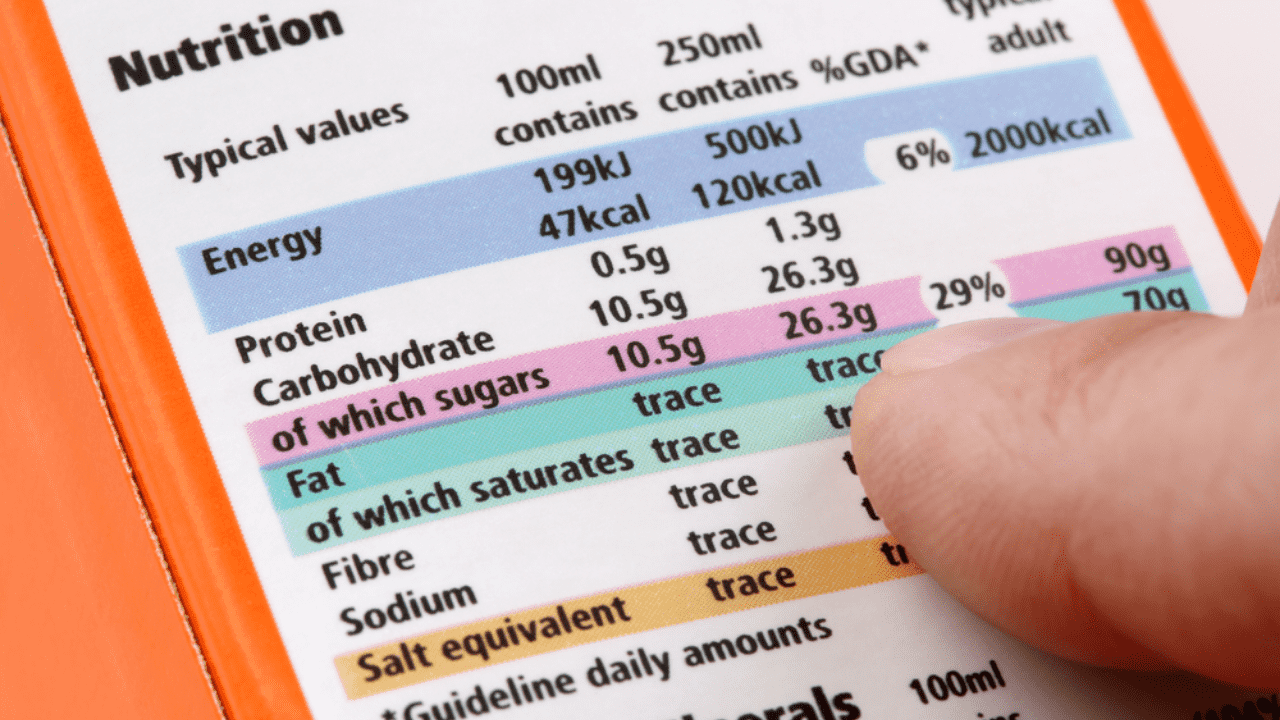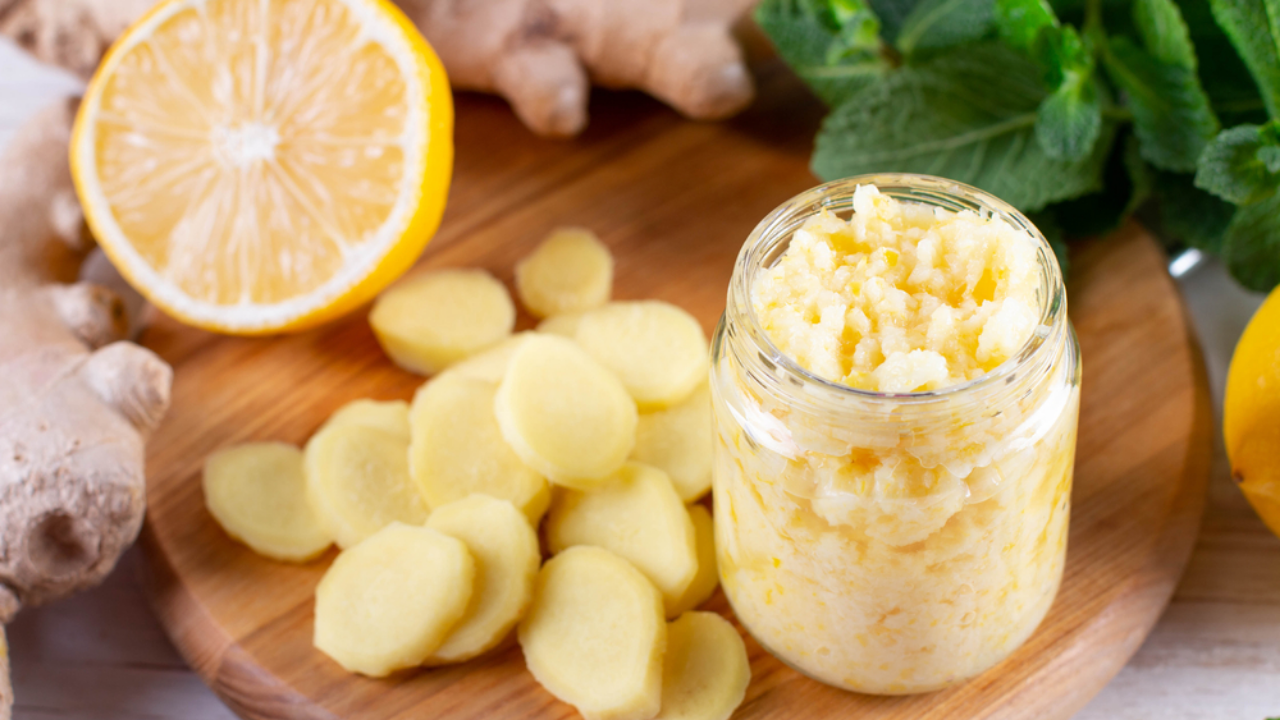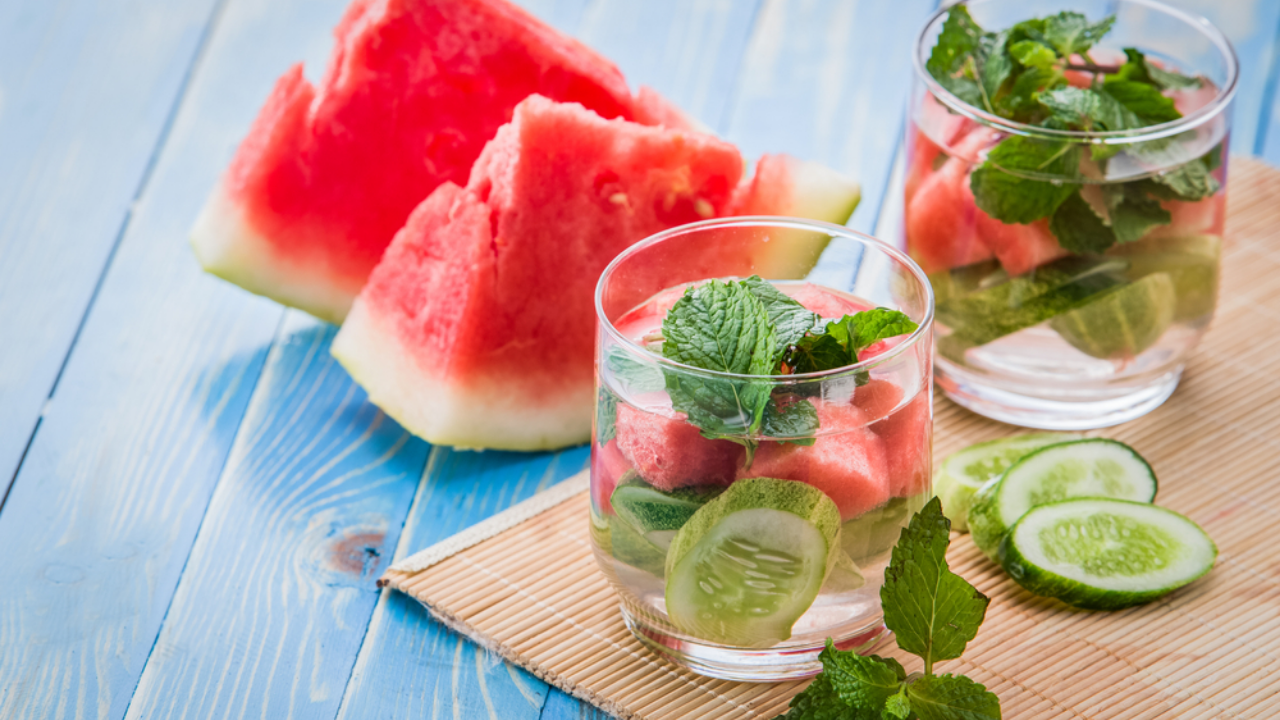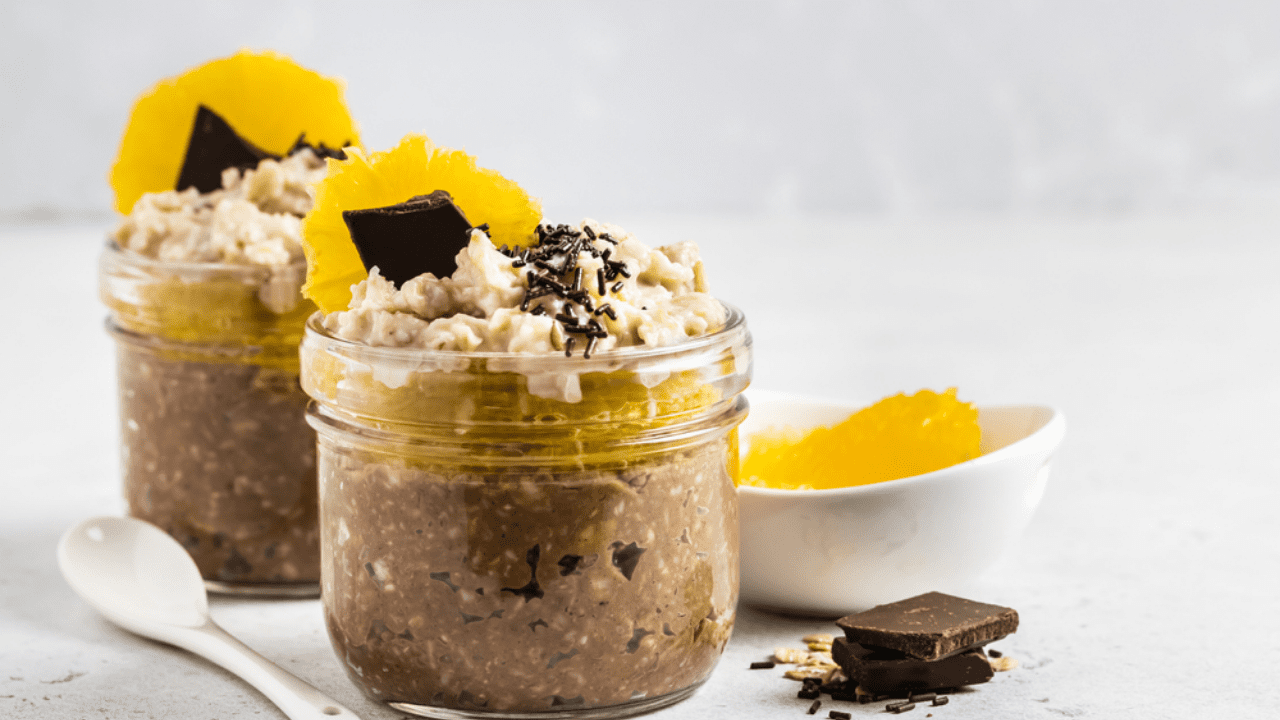
Every person looks at the nutrition food labels for various reasons. But irrespective of the reasons every consumer needs to know how to use the information on the label effectively & in an easy manner. Most pre-packaged foods have a nutrition label on the back or side of the packet. These labels include an array of information about the product. The information can be energy in kilojoules(kJ) & kilocalories(kcal). They also have information regarding fat, saturated fat, carbohydrate, sugars, protein & salt. Every nutrition information is per 100 gms & sometimes per portion of the food.
WHY IS IT NECESSARY TO READ THE LABELS?
We need to make wise choices when it comes to food. Hence the food labels give you an idea regarding what has to be purchased . The labels give you a fair idea & help you in making informed decisions towards choosing good health & nutrition
MAKE SURE THAT YOU READ THE LABELS VERY CAREFULLY:
-
The fat content should not exceed more than 5gm per serving. Watch out for the calories you are getting from saturated fatty acids. Stay away from products that have trans-fats.
-
Also, it is very essential to see the carbohydrate content of your pack. Look for products that contain complex carbs & stay at bay from products having simple sugars.
-
The fibre in the product is also an integral part that needs to be looked upon while purchasing the same.
-
Do take a look at the sodium, potassium content of the product. It should not exceed more than 5oo mg per serving.
HOW TO READ A FOOD LABEL?
Basics of food labels
A label would guide you as to how you should be including a particular food item in your diet
1. TAKE A CLOSE LOOK AT THE INGREDIENTS
The ingredients are listed from the most added ingredients to the least added.
2. BE CAREFUL ABOUT THE INGREDIENTS
The ingredients that you need to look at are fats, sugars & salt. Always remember the less they are the better your food would be. Increased intake of these ingredients can be a prime reason why people suffer from obesity, Heart problems, diabetes etc.
3. REMEMBER TO WATCH THE NUTRIENTS WHICH ARE IMPORTANT FOR YOUR HEALTH
Read the nutritional information label very carefully. The nutrients are based on the RDA i.e. according to per 100gms. This information also gives you the liberty to choose amongst which brand is good for you.
4. THE REAL WORTH OF THE PRODUCT
Make sure that the product that you have purchased is worth the cost you have paid for it.
-
MOST IMPORTANTLY LOOK AT THE AMOUNT OF FOOD THAT IS PRESENT IN THE PACK
-
SERVING SIZE- it is the quantity (in grams or millilitres) in each serving of a product, Divide Net Weight by Serving Size. This introduces you to the number of servings in a pack.
5. CHOOSE FOODS THAT ARE LOW ON DENSITY
Go for low-energy-dense foods. Energy density refers to the ratio of calories to the weight of the food.
fewer calories are generally better for weight management. Eating low-density foods tends to help you in feeling full because of their relatively bigger portion size but low-calorie amount. Hence limit your intake of high-density foods & stick to low-density food products.
TRY AND UNDERSTAND THE CLAIMS WHICH ARE PUT FORTH BUT REMEMBER THEY MIGHT NOT SEEM AS THEY ARE!
-
A zero-calorie product can actually contain up to 4 calories per serving
-
A fat-free product can contain up to 0.5 grams of fat per serving
-
A low-fat product can have as much as 3 grams for solid products & 1.5g for liquid products.
REMEMBER TO CHECK THE LABEL!!









